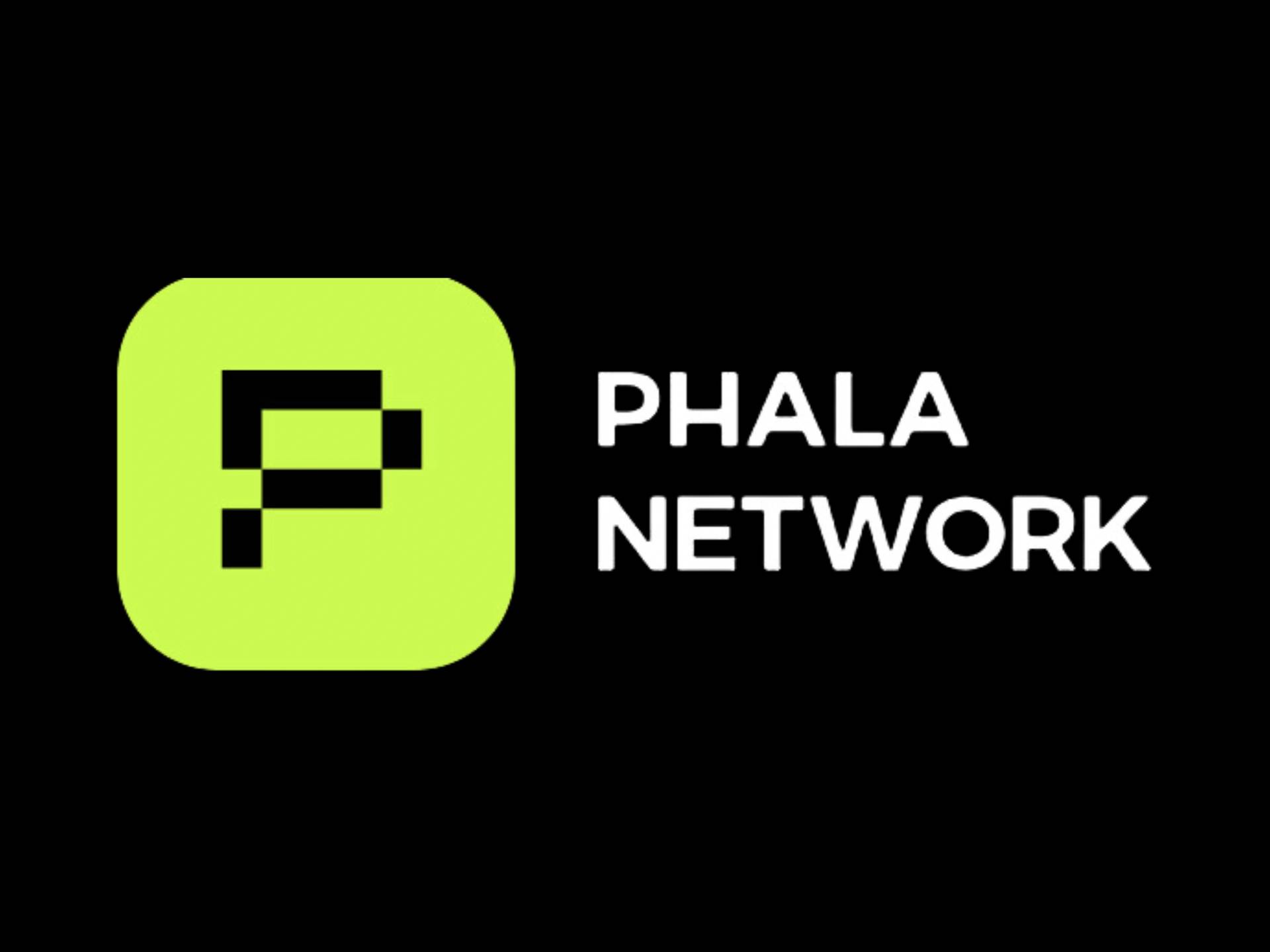Subscribe to wiki
Share wiki
Bookmark
Phala Network
The Agent Tokenization Platform (ATP):Build autonomous agents with the Agent Development Kit (ADK)
Phala Network
Phala Network is a decentralized cloud computing platform built on blockchain technology, designed to facilitate secure and scalable computation for Web3 applications and is powered by the PHA cryptocurrency. It combines Trusted Execution Environments (TEEs) with blockchain infrastructure to enable privacy-preserving and trustless computation, addressing the limitations of traditional centralized cloud services. [1] [5]
Overview
Phala Network functions as a decentralized computation platform that integrates blockchain with secure hardware to create a privacy-focused ecosystem. It operates within the Ethereum and Polkadot ecosystem, leveraging its interoperability and scalability features. The network supports a variety of applications, including decentralized finance (DeFi), data analysis, artificial intelligence (AI), and confidential smart contracts.
The platform's architecture relies on TEEs, which are secure enclaves within processors that isolate code execution and data storage. By combining TEEs with blockchain, Phala Network allows developers to process sensitive data without exposing it to the public blockchain, ensuring both transparency and confidentiality. [1] [5]
History
Phala Network was established in 2018 by a team specializing in blockchain and cryptography. The project was developed in response to the increasing demand for privacy and scalability in decentralized applications. In 2020, Phala Network launched its Testnet, followed by the Mainnet release in 2021.
In 2021, Phala Network secured a Parachain slot on the Polkadot network through an auction, enabling seamless integration with the broader Polkadot ecosystem. This milestone marked a key step in the network's development, leading to further ecosystem expansion and partnerships with other blockchain projects. [1] [5]
Technology
Phala Network's technological framework is based on three primary components:
- Trusted Execution Environments (TEEs): TEEs are secure zones within processors that isolate code execution and data storage, ensuring the privacy and integrity of sensitive information. Phala Network utilizes TEEs to create a secure environment for decentralized computation, enabling applications to process confidential data without exposing it to the public blockchain.2. Substrate Framework: Phala Network is built using the Substrate framework, a modular toolkit for developing custom blockchains within the Polkadot ecosystem. Substrate allows Phala Network to implement unique features while maintaining compatibility with other Polkadot-based projects.3. Phat Contracts: Phala Network introduces Phat Contracts, a type of smart contract that operates off-chain within TEEs. Unlike traditional smart contracts, Phat Contracts can interact with external data sources (oracles) and perform complex computations while preserving privacy and scalability.4. Cross-Chain Interoperability: As part of the Polkadot ecosystem, Phala Network benefits from cross-chain interoperability, enabling seamless communication and data transfer between different blockchains. This feature facilitates integration with a wide range of decentralized applications and services.
Phala Network Token (PHA)
The native cryptocurrency of Phala Network, PHA, serves multiple functions within the ecosystem:
Staking
PHA tokens can be staked by network participants to secure the network and earn rewards. Stakers contribute to the network's consensus mechanism and overall security.
Governance
PHA holders can participate in network governance by voting on proposals related to the development and operation of Phala Network.
Transaction Fees
PHA is used to pay for transaction fees and computational resources on the network, including the execution of Phat Contracts.
Incentives
PHA tokens are distributed as incentives to participants who contribute to the network, such as node operators, developers, and community members.
The total supply of PHA is capped at 1 billion tokens, with allocations for ecosystem development, team incentives, and community rewards. The token is tradable on various cryptocurrency exchanges such as Binance, MEXC, OKX etc... [1] [2] [3] [4] [6] [7] [10]
Ecosystem and Partnerships
Phala Network has developed a growing ecosystem of decentralized applications (dApps) and established partnerships with various blockchain projects. Key collaborations include:
- DeFi Integrations: Phala Network has partnered with DeFi platforms to enable privacy-preserving financial services, such as confidential lending and borrowing.
- AI and Data Analysis: The network supports AI and data analysis applications that require secure and scalable computation, allowing businesses to process sensitive data without compromising privacy.
- Cross-Chain Collaborations: Phala Network has formed partnerships to enhance cross-chain interoperability and expand its use cases across different blockchain ecosystems. [1] [2] [8] [9]
Community and Development
Phala Network maintains an open-source development model, with its codebase available on GitHub. The project has an active community of developers, contributors, and enthusiasts who participate in its development and governance.
The network provides comprehensive documentation on its technology, tokenomics, and development roadmap. Regular updates are shared through official channels, including its blog and social media platforms such as Twitter and CoinMarketCap.
Future Developments
Phala Network continues to focus on technological advancements and ecosystem growth. Planned developments include:
- Enhanced TEE Integration: Further optimization of TEE technology to improve performance and security.
- Expansion of Phat Contracts: Introduction of new features and use cases for Phat Contracts to support more complex and privacy-preserving applications.
- Ecosystem Growth: Efforts to onboard additional developers, projects, and partners to the Phala Network ecosystem.
- Cross-Chain Expansion: Strengthening cross-chain interoperability to enable seamless integration with other blockchain networks.
Phala Network is a decentralized cloud computing platform that combines blockchain technology with secure hardware to enable privacy-preserving and scalable computation. Through its use of TEEs, Phat Contracts, and cross-chain interoperability, Phala Network supports a wide range of Web3 applications, addressing the need for secure and decentralized computation in the blockchain space. [1] [2] [3] [8] [9]
See something wrong?
The Agent Tokenization Platform (ATP):Build autonomous agents with the Agent Development Kit (ADK)
